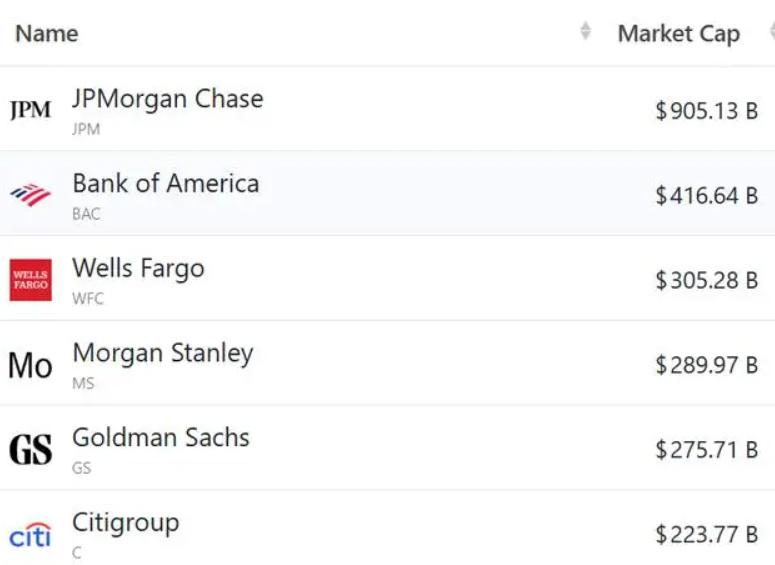
In recent years, shopping centers across the United States have undergone unprecedented changes. As national chains continue to shut down, vacancy rates are rising—ironically creating rare opportunities for many local small businesses. Prime retail locations that once seemed out of reach are now becoming more accessible.
According to a report from Cushman & Wakefield, the national shopping mall vacancy rate rose to 5.8% in the second quarter of 2025. While this number is still better than at the height of the pandemic, abandoned leases and weakened consumer demand have left malls under pressure. Yet for small businesses, this has opened a valuable window of opportunity.
Take Kimberly Blair, a grief counselor in San Diego, as an example. She had previously worked mainly online, but as more of her clients began suffering from “screen fatigue,” she decided to open a physical office to provide face-to-face support. Thanks to the abundance of available retail space, she was able to secure not only an ideal location but also a favorable rent and flexible lease terms. This gave her business a competitive edge while delivering a better experience for her clients.
Stories like Blair’s are unfolding nationwide. Yoga instructors, artists, gourmet food shop owners—many small businesses are now able to set up shop in areas they could never afford before. Experts note that this trend is particularly strong in mid-sized cities and certain suburban areas, where landlords and local governments are actively working with small businesses by offering short-term leases, rent concessions, or revenue-sharing models to keep shopping centers vibrant.
Still, the trend carries risks. Data shows that about half of U.S. small businesses survive fewer than six years. For landlords, leasing to them often means accepting higher uncertainty. Many property owners still prefer “credit tenants”—large, financially secure chains that can prepay rent. But as these tenants become harder to find, small businesses are stepping into the gap.
Another shift is happening in rental prices. After years of steady growth, retail rents are still climbing but at a slower pace, dropping from around 4% annually after the pandemic to about 2% today. Coupled with rising vacancies, tenants now have more leverage in negotiations. This has opened the door for nontraditional tenants—medical offices, fitness centers, spas—to move into shopping centers, diversifying what these spaces offer.
Of course, conditions vary widely across regions. In major markets like New York City, demand for warehouse, industrial, and micro-distribution space keeps vacancies valuable, making it harder for small businesses to cut deals. But in struggling mid-sized cities, landlords are often more flexible, unwilling to leave spaces empty. In West Des Moines, Iowa, for instance, a family-owned restaurant recently took over a former chain pizzeria at nearly 30% below the original asking rent and even received renovation subsidies from the landlord—something unthinkable just five years ago.
Overall, the departure of national chains is reshaping the U.S. commercial real estate landscape. Vacant storefronts are no longer just signs of decline; they are becoming new stages for local businesses to showcase their uniqueness and build community connections. As one small business owner put it: “When a national chain leaves, it’s not just a vacancy—it’s a canvas for local businesses to create something lasting.”
Still, opportunities come with challenges. Small businesses must carefully weigh risks and avoid overextending themselves. Landlords, meanwhile, need to balance the pursuit of stable income with the need to keep shopping centers lively. What is certain is that this restructuring, driven by vacancies, is pushing communities to rediscover the value of local commerce.

Driven by the Trump administration's push to relax financial regulations and the recovery of investment banking business, the market value of the six major banks in the United States has cumulatively increased by approximately 600 billion US dollars by 2025.
Driven by the Trump administration's push to relax financia…
On Christmas evening, U.S. President Trump posted on social…
According to multiple foreign media reports, the recent fin…
The middle class, once regarded as the cornerstone of Ameri…
On December 19th local time, the US military launched a lar…
The Boxing Day sunshine should have cast a false glow of pr…